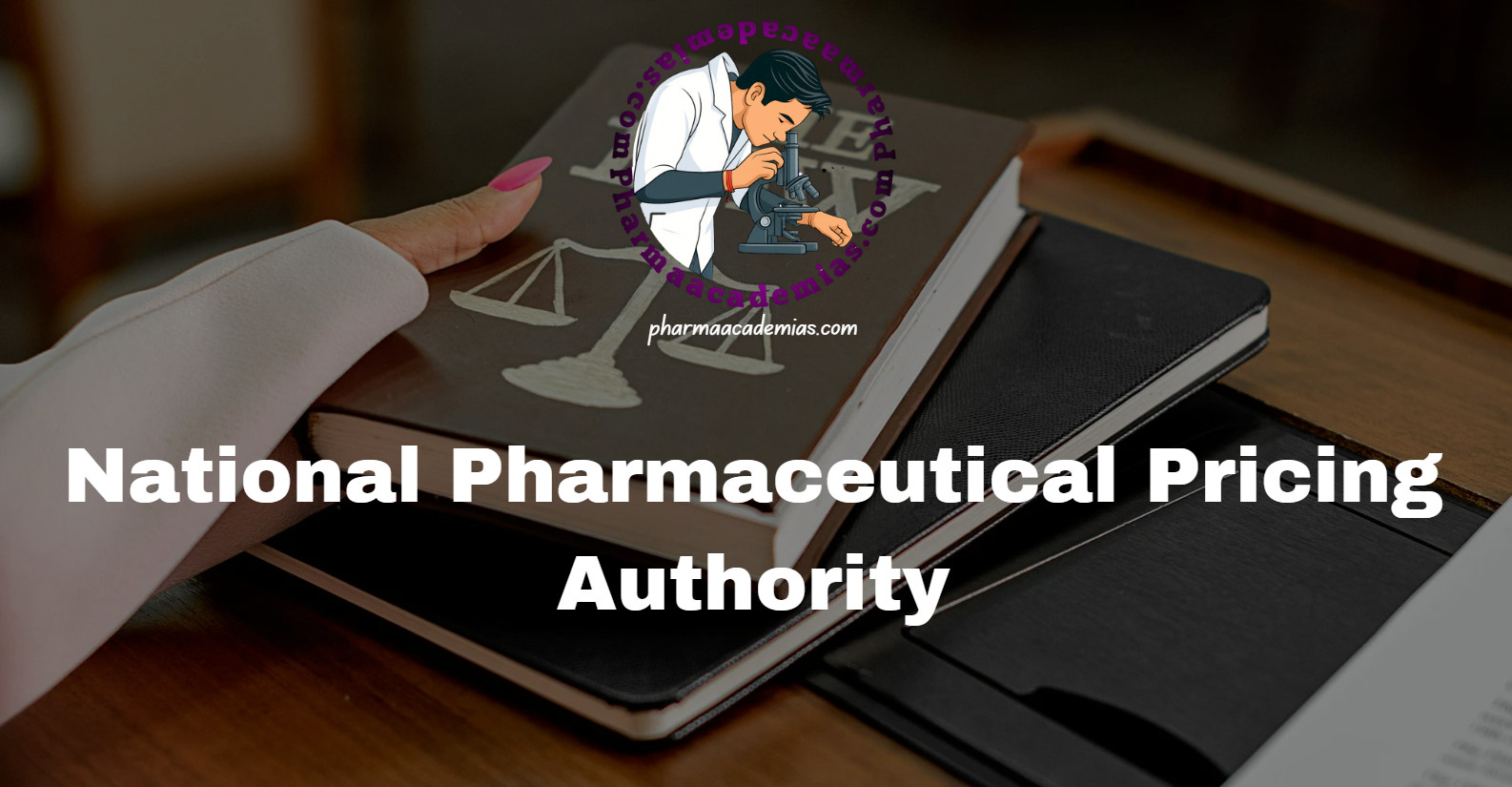National Pharmaceutical Pricing Authority
The National Pharmaceutical Pricing Authority (NPPA) is an independent regulatory body in India, established in 1997 under the Department of Pharmaceuticals, Ministry of Chemicals and Fertilizers. Its primary mandate is to regulate the prices of pharmaceutical drugs in the country, ensuring accessibility and affordability of medicines while maintaining a balance with the needs of the … Read more










 Join Our Telegram Channel
Join Our Telegram Channel